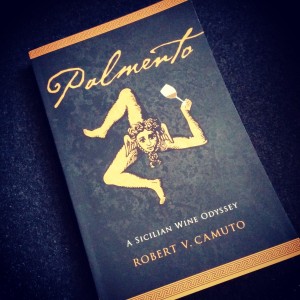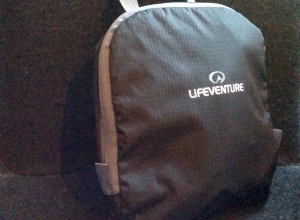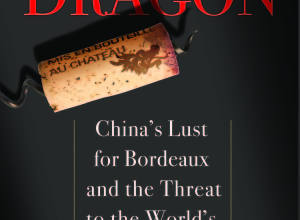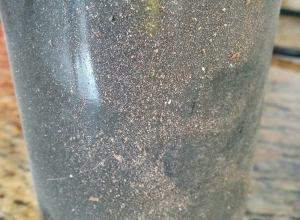
Robert Camuto has crafted a beautiful vision of Sicily, its exceptionally varied landscape, its inhabitants – both native and immigrant, its foods, and of course its wines.

Palmento by Robert V. Camuto
But Palmento – A Sicilian Wine Odyssey is not a wine book, nor is it a travel book, or even a culinary adventure. It is a portrait of a place, call it ‘terroir’ if it helps, seen through many different, but intersecting aspects of its culture.
This portrait is expertly built-up by Robert Camuto’s gift of being able to bring intimate experiences to life for the reader. It does’t seem to matter whether he is describing the landscape he is driving through, a vineyard on the slopes of Etna, a succession of delicious dishes in a restaurant or even unique wine tastings.
However, the most revealing passages are his descriptions of the many different personalities who act as the voice of Sicily’s wine culture; the winemakers, grape growers and winery owners that Camuto sets out to meet on his ‘odyssey’. These include names such as Frank Cornelissen, Alessio Planeta, Marco De Bartoli, Arianna Occhipinti, and the individuals being the COS winery amongst many others.
Camuto deftly combines his own sharp observations of his interlocutors, whilst allowing them to speak in their own words. The result feels sometimes like the reader has been eavesdropping on private conversations rather than listening to well-rehearsed marketing messages. These views are personal, passionate, often contradictory, and always interesting. It can feel quite uncomfortably personal at times, yet it is compulsive reading.
These many profiles, and the astonishingly vivid descriptions of places and food, combine to bring life and colour to the reader’s mental image of Sicily. For someone, like me, who has never been there, the result is a desire to throw oneself into the same exploration and seek out these sensual experiences.
However, the book is, possibly intentionally, an incomplete portrait of Sicily. The thread of the book does not follow a strong plot or storyline. It does not build towards a defined conclusion. It is a chronicle of events over time, exemplified by the book’s structure, divided as it is into the seasons of the year, each one anchored in Sicily by its own ancient stone winemaking trough – their Palmento.

Lady Gaga – Photo Mosaic by QThomas Bower (via Flickr)
Like a mosaic photo portrait, Camuto begins the creation of a greater image of Sicily that is made up of hundreds of smaller snapshots. Yet, while he completes these lively individual images through his meetings and experiences, he leaves the work of putting them together as a whole to the reader.
It makes sense. In the time it takes to research, write and publish a book, much will change, and indeed this was published over 5 years ago. It is also the profiles of only a handful of personalities by just one author. And yet, for all of us for whom getting to Sicily is not straightforward, and who are unlikely to meet as many people as the author, it feels a little like we do not get closure. The author does not do the work for us.
Is this intentional? After all, it is best to have diners leave the table sated and well fed rather than over-stuffed, so they can immediately imagine coming back. But there are small gaps. For example we hear a lot about the amazing cuisine of the island as presented in local restaurants, or homemade in wineries, but even Camuto admits that the average Sicilian does not live like this. There is another side to Sicily that is hinted at in the chapter about Libera Terra and Centopassi which deserves more attention, after all most of us are more likely to experience the wines of larger volume wineries rather than pay £50+ for a bottle of artisanal Marsala.
In any case, I highly recommend this book to any gastronomically inclined reader, and I hope to explore more of what both Sicily, and Robert Camuto, have to offer in the near future.




